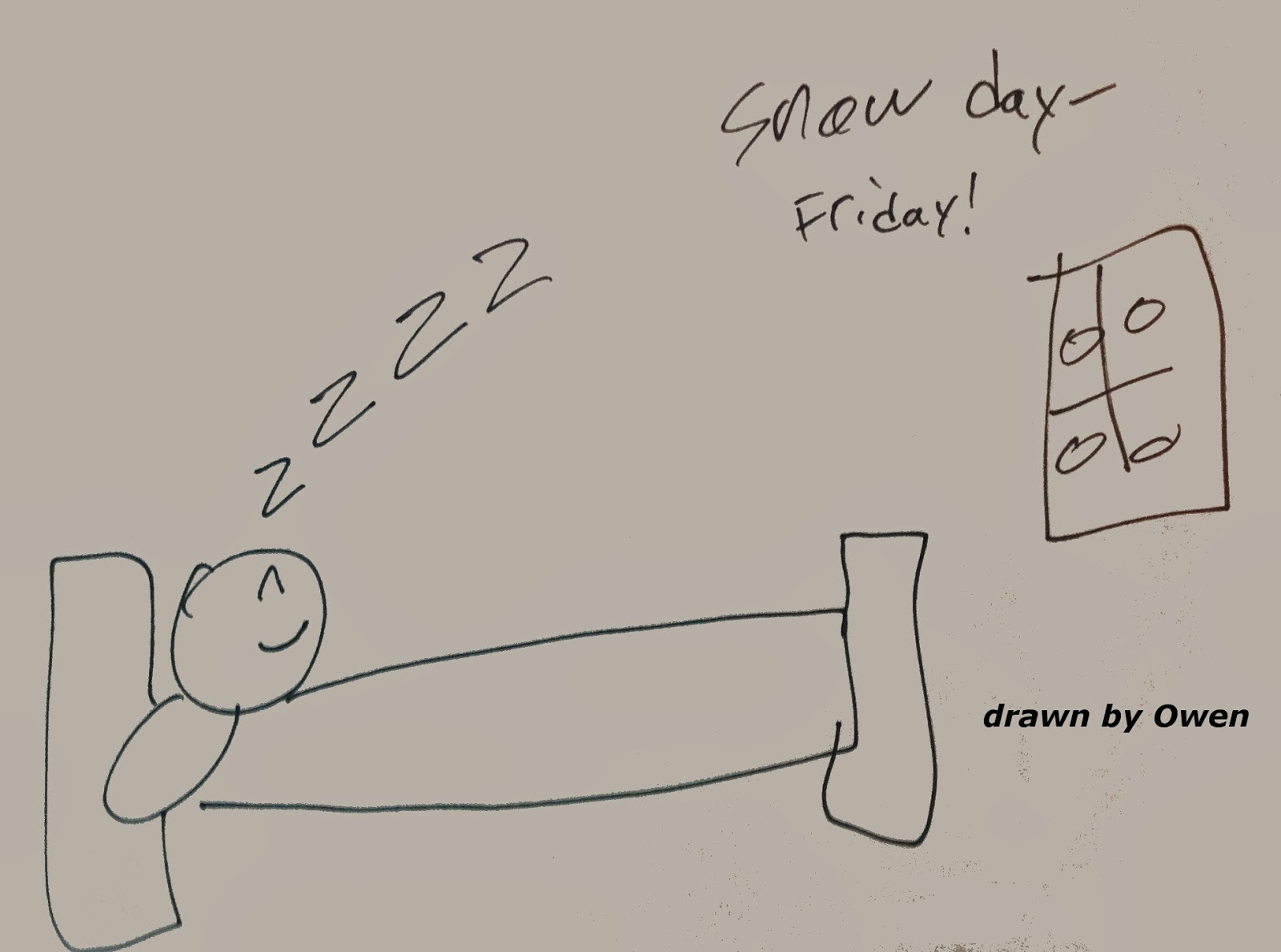The calm and balanced mind is the strong and great mind; the hurried and agitated mind is the weak one. Wallace D. Wattles
 |
| Painting by Sheila B (me!) |
This red pepper (actually half a red pepper) is my personal visual for balance at the start of 2014. Why, you may ask? ... well, I'll tell you:
I hit an unexpectedly big low at the end of last year, the kind that sweeps in from your blind side and knocks you right out of your life for a few days. I was surprised, but on reflection realized I shouldn't have been - for most of 2013, my attention had been almost exclusively outward, problem-solving and balancing the lives of others but neglecting my own mental health. Not something I can afford to do. So with the support of my nearest and dearest, and a visit to the therapist who has helped me through many ups and downs, I made a plan to restore my inner balance. Part of that plan was signing up for art classes after a 10 year hiatus. The lovely red pepper painting (an exercise in colour mixing) sits on my dining room table, reminding me to take time to do the things I love (and I love losing myself for several hours putting paint on canvas) not just the things that are required and needful.
This type of re-balancing of life is something we must continuously be mindful of for our students and family members on the autism spectrum. It needs to become a stronger message in the world of autism intervention, which has the tendency to be dominated by the more panicked messages of "Hurry! More! Quick! Critical Learning Window Closing! Work Harder! Work Longer! Don't Fall Behind!!!"
This animation of an exhausted high school student was created by my friend Owen, a clear visual of his inner state as he struggles to keep his balance in the "work storm" of summative projects and exam preparation that happens at the end of each high school semester.
Exhausted thinking is not generally a person's best thinking. Even at the busiest times in the school year, I encourage Owen to block out time in his schedule for relaxation and things that he loves - he is lucky to have understanding parents and teachers who support this message:
 |
| Owen loves a "snow day" (no school, too much snow!!) |
 |
| ... and he really loves watching movies |
So you need to find out what it is that your ASD student/child/client truly enjoys, and make sure that you purposely make room in the schedule for that activity. If it's something you also love, make time to do it together - take a skate after school instead of sitting down at a table piled with homework, draw or paint, listen to music, read a story, watch a favourite show together. Alternatively, their favourite relaxation activity may be something you don't really understand, but you know that they love - like sitting alone & reciting the play-by-play of last night's hockey game or losing themselves in the tactile & sensory pleasure of running their hands through a bucket of beads (many of the things that are dismissed as "stimming" are actually pleasurable, relaxing and "balancing" things for the person on the autism spectrum) - respect their perspective and set aside the time.
If you're still not convinced that "time to do something fun" belongs on the busy work schedule of your person, I'd ask you to consider these words from the author James Carroll on the utility of doing nothing in particular:
We collect data, things, people, ideas, profound experiences, never penetrating any of them ... But there are other times. There are times when we stop. We sit still. We lose ourselves in a pile of leaves or its memory. We listen and breezes from a whole other world begin to whisper. James Carroll
Make time to take time - you won't be sorry that you did.
